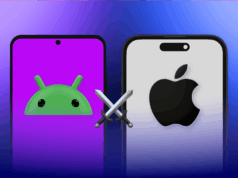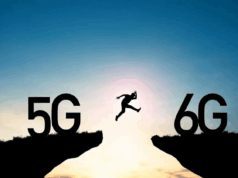Consumer technology is evolving faster than ever, reshaping how we live, work, play, and connect. As artificial intelligence, augmented reality, and next-gen hardware converge, we’re entering an era of smarter, more personalized, and immersive tech experiences.
Whether you’re a tech enthusiast, business leader, or everyday user looking to stay ahead of the curve, here are the top 10 consumer tech trends to watch in 2025 and beyond.
1. AI Everywhere: Personal Assistants Get Smarter

Artificial intelligence is no longer confined to data centers or research labs—it’s in your phone, your car, your watch, and even your fridge.
What’s Changing:
- Generative AI, like GPT-4.5 and beyond, is powering smarter virtual assistants, customer service bots, and content creation tools.
- AI is now context-aware, enabling more natural conversations, task automation, and proactive suggestions based on your habits and preferences.
- On-device AI (like Apple’s Neural Engine and Google’s Tensor chips) means faster, more private interactions without needing cloud access.
Watch for: AI-powered devices that can summarize your day, recommend workouts, book appointments, and generate emails or images—all from your voice or a quick prompt.
2. Foldable and Flexible Devices Go Mainstream
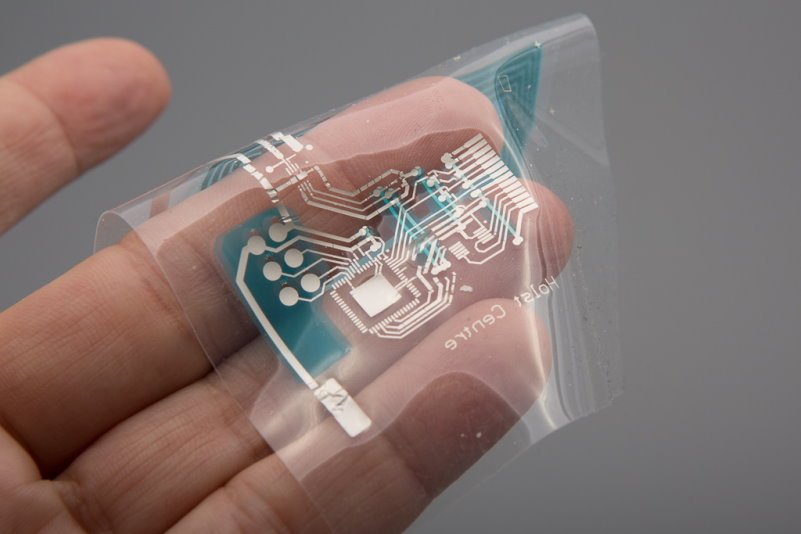
Foldable phones, tablets, and even laptops are moving from novelty to necessity as prices drop and durability improves.
Highlights:
- Devices like the Samsung Galaxy Z Fold, Pixel Fold, and upcoming rollables offer big-screen utility with pocket-sized portability.
- New materials, better hinges, and optimized apps are making foldables practical for multitasking, gaming, and content creation.
Watch for: Foldables entering the mid-range market, and dual-function devices that blend the line between phones, tablets, and laptops.
3. Wearable Tech Evolves into Health Companions

Wearables are no longer just step counters—they’re becoming real-time health monitors and personal wellness coaches.
Key Advances:
- Smartwatches and rings can now track blood oxygen, ECG, heart rate variability, and even sleep cycles with clinical-level precision.
- Future wearables may monitor blood sugar and blood pressure non-invasively.
Watch for: Smart rings, smart glasses, and fabric-based sensors that integrate seamlessly into clothing or accessories—offering health data without screens.
4. Spatial Computing and AR: Beyond the Screen
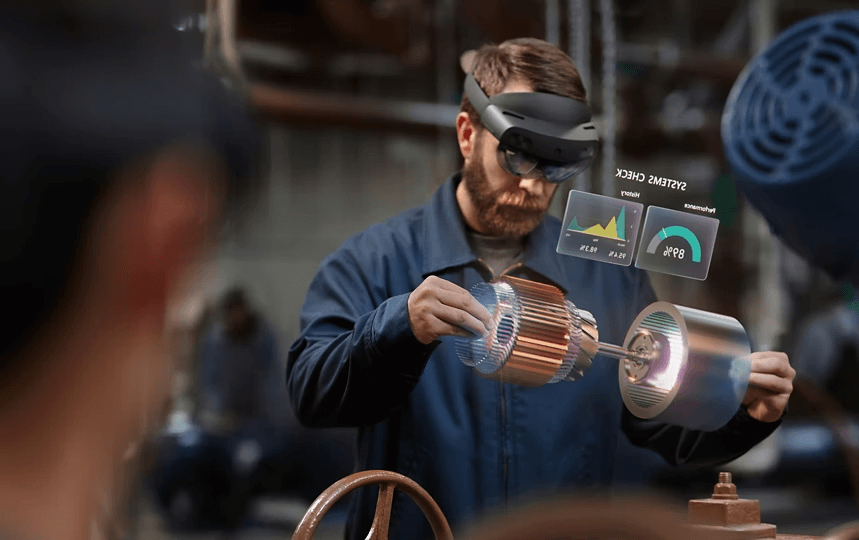
Augmented reality (AR) and spatial computing are making digital experiences feel more immersive and integrated into the real world.
Why It Matters:
- Devices like Apple Vision Pro and Meta’s smart glasses aim to replace traditional screens with spatial interfaces.
- AR overlays in smart glasses will offer navigation, translation, real-time info, and contextual computing.
Watch for: Lightweight AR glasses with long battery life, intuitive gestures, and AI-powered features—eventually replacing smartphones for certain tasks.
5. Smarter Homes with Interoperability Standards
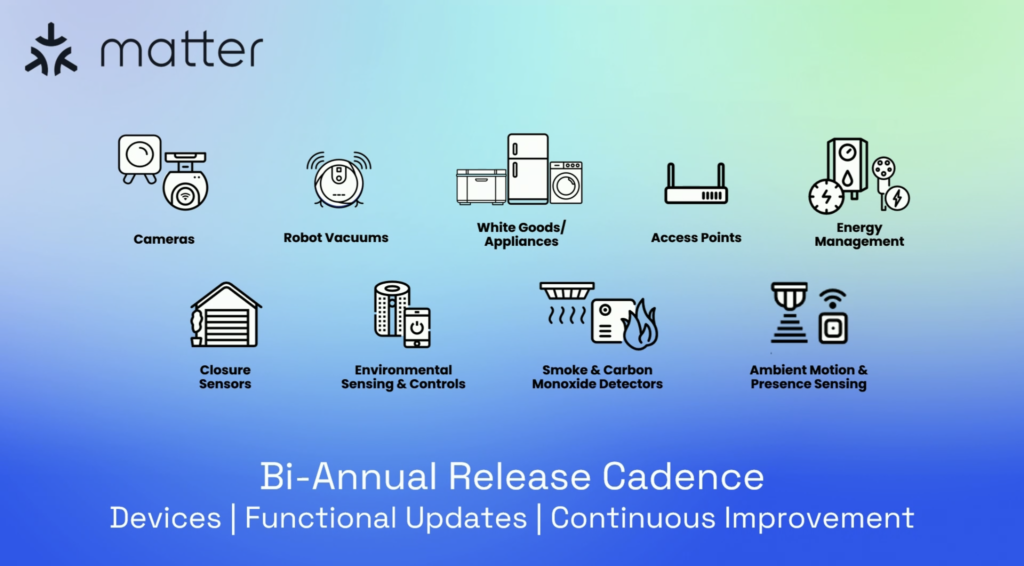
Smart homes are getting smarter—not just with more devices, but with better compatibility across brands.
What’s Driving It:
- The rise of Matter, a universal smart home standard backed by Apple, Google, Amazon, and others, is making it easier to mix and match devices.
- AI-driven automation means lights, thermostats, and appliances adapt to your behavior—not just follow commands.
Watch for: Voice-controlled homes that anticipate your needs, reduce energy consumption, and connect more seamlessly than ever.
6. Next-Gen Audio: From Spatial Sound to Hearables
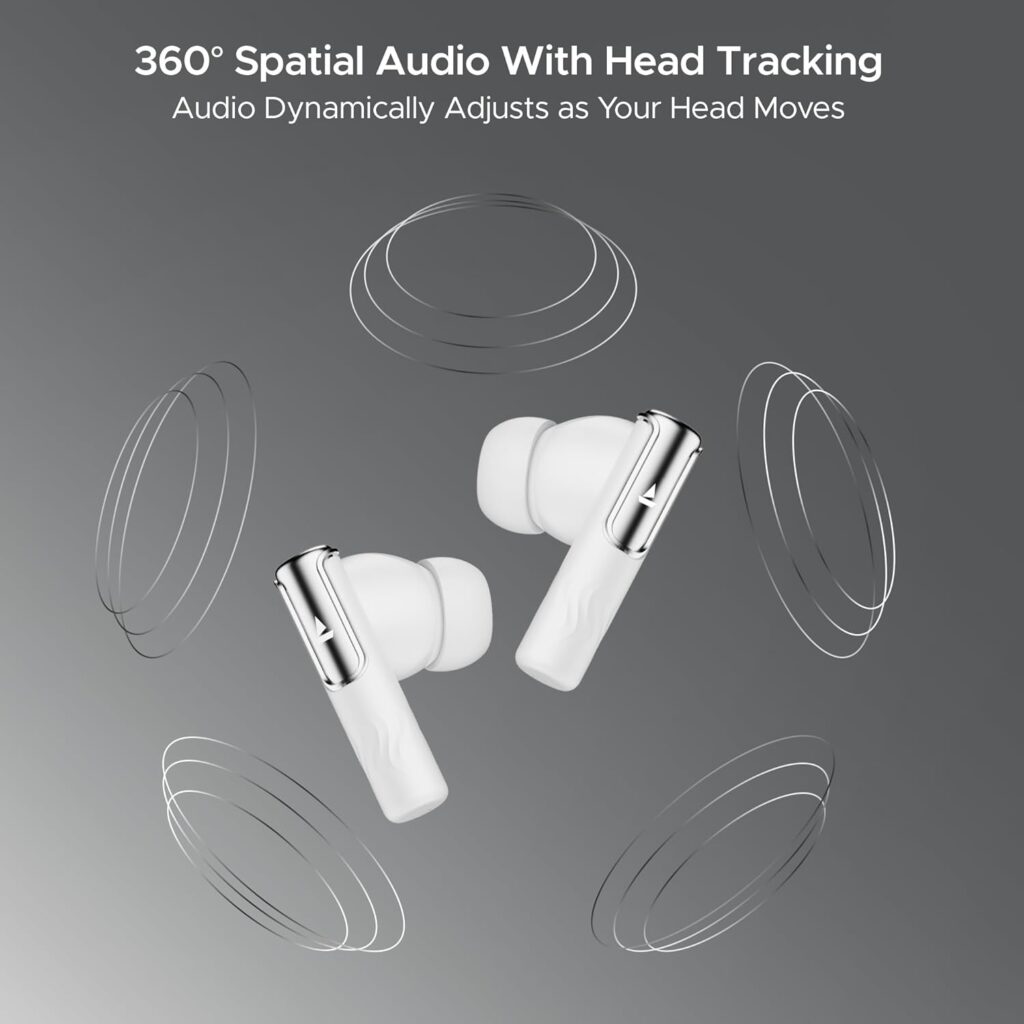
Audio tech is moving beyond earbuds. Consumers want immersive, adaptable sound—whether for calls, fitness, or entertainment.
Emerging Trends:
- Spatial audio creates 3D soundscapes for gaming, video, and music.
- Hearables (smart earbuds) with biometric sensors and translation features are turning into tiny, intelligent companions.
- Personalized audio tuning is becoming common—even budget devices can now adapt sound based on your ear profile.
Watch for: All-day wear earbuds that double as voice assistants, translators, and health monitors.
7. Privacy-First Tech Becomes a Selling Point
As digital life expands, so does concern over surveillance, data breaches, and algorithmic profiling.
What’s Changing:
- Consumers are demanding more control over their data, and tech companies are responding with privacy-focused features.
- Apple’s App Tracking Transparency, Google’s Privacy Sandbox, and decentralized apps are changing the data economy.
Watch for: Devices and services that advertise privacy as a core feature—not just a checkbox—including on-device AI and encrypted communications.
8. Hyper-Personalization Through AI and Sensors
Everything from shopping to workouts is becoming hyper-personalized thanks to AI, user data, and biometrics.
Examples:
- Smart mirrors that tailor skincare or fashion advice
- Personalized nutrition and fitness plans via wearables
- Custom product recommendations based on mood, location, or even tone of voice
Watch for: Retail, entertainment, and wellness services using personalization not just for ads—but for building loyal, sticky user experiences.
9. Sustainable and Circular Tech
Consumers and manufacturers are increasingly conscious of tech’s environmental impact.
What’s Emerging:
- Modular phones and laptops (like the Framework laptop) allow upgrades instead of replacements.
- Eco-conscious design, including biodegradable materials and right-to-repair policies, are gaining traction.
Watch for: Subscription models for hardware, longer device lifespans, and more companies offering trade-in, refurbish, or recycling programs.
10. Ambient Computing: Tech That Fades Into the Background
The future of consumer tech is invisible. Devices won’t just be smart—they’ll be ambient, invisible, and intuitive.
What That Looks Like:
- Lights that adjust to your mood without a command
- Rooms that know your routine and play your playlist when you enter
- Voice assistants that act before you ask
Watch for: Homes, cars, and wearables that require minimal user input because they learn and adapt proactively.
Final Thoughts: The Connected, Conscious Future
Consumer tech in 2025 is defined not by any one device—but by the ecosystem of intelligence, sensors, and design that surrounds the user. It’s about smarter experiences that prioritize privacy, personalization, and sustainability.
Whether it’s AI-generated content, foldable phones, or AI-powered fitness rings, the next frontier is not just more powerful tech—but more meaningful, intuitive, and human-centered interactions.


